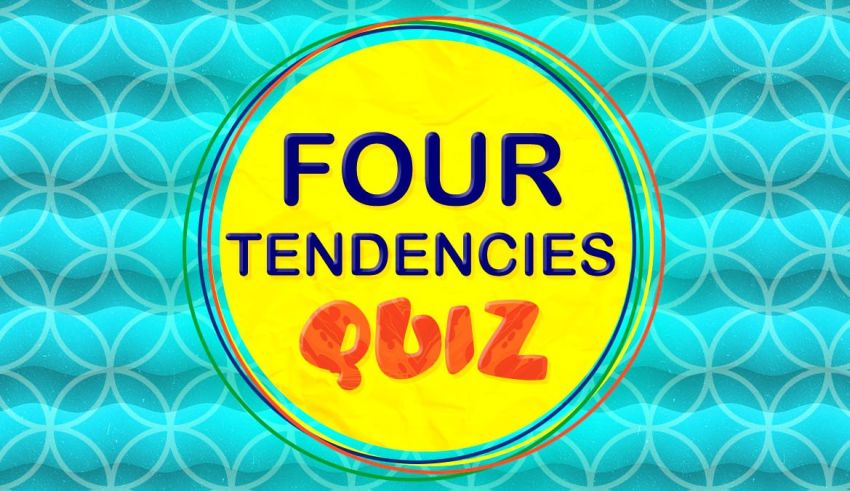
The Four Tendencies is a simple framework by Gretchen Rubin that explains how people respond to expectations. It is practical. It helps you understand why some plans stick and others stall. This page introduces the idea so you know what to expect before taking the quiz.
What the Four Tendencies mean
Upholder meets outer expectations and inner goals. They like clear rules and reliable routines. They do well with checklists and calendars.
Questioner meets inner goals but resists outer rules if they see no reason. They commit once something makes sense. Good data and clear “why” help them act.
Obliger meets outer expectations but struggles with solo goals. They thrive with accountability. Partners, deadlines, and public commitments work well.
Rebel resists both outer and inner expectations. They act from identity and choice. Options, freedom, and “you decide” language reduce pushback.
How to use your result
- Upholder: write rules you actually want to keep. Protect rest days. Use gentle reminders, not pressure.
- Questioner: Set a clear criterion for “enough information,” then act. Track results to confirm the payoff.
- Obliger: add outside accountability. Join a group, schedule check-ins, or announce your plan to a friend.
- Rebel: frame goals as a choice that fits who you are. Keep steps flexible and visible. Celebrate autonomy.
Methodology and limitations
This quiz groups your answers into the four buckets above. It is educational. It is not clinical advice. Results can change across contexts. Treat them as a starting point for reflection, not a label.
Work, habits, and communication tips
Use your tendency to remove friction. For example, an Obliger who wants to write daily can set a short public deadline and share a draft with a buddy each week. A Questioner who keeps skipping workouts can pick one program, read a brief summary of its evidence, and commit for 30 days.
If communication is your pain point, try our communication style quiz. It shows the signals you send in conversations, which pairs well with your tendency in team projects.
Related personality frameworks
Many readers like to map their tendency to a broader profile. If that is your goal, explore the Enneagram Test for motivation patterns, or check your pace and stress style with the Type A vs Type B quiz. These links are optional. They are here only if you want a deeper view.
Frequently asked questions
Is this the official test? No. This quiz is based on Gretchen Rubin’s framework. If you prefer the original, take the official Four Tendencies quiz on her website.
Can my tendency change? It can shift with context and life stage. Treat your result as a useful snapshot.
Am I a mix? Everyone shows a mix at times. Most people still find one primary pattern that explains their behavior best.
Practical next steps
- Write one friction point you want to fix this week.
- Match a tactic to your tendency. Keep it small and specific.
- Review in seven days. Keep what worked. Replace what did not.
Disclaimer
This content is for education. It does not diagnose or treat any condition. If you have mental health concerns, speak with a professional.
Sources and further reading
Overview of the framework: Gretchen Rubin — The Four Tendencies
Official questionnaire: Gretchen Rubin — Take the Quiz

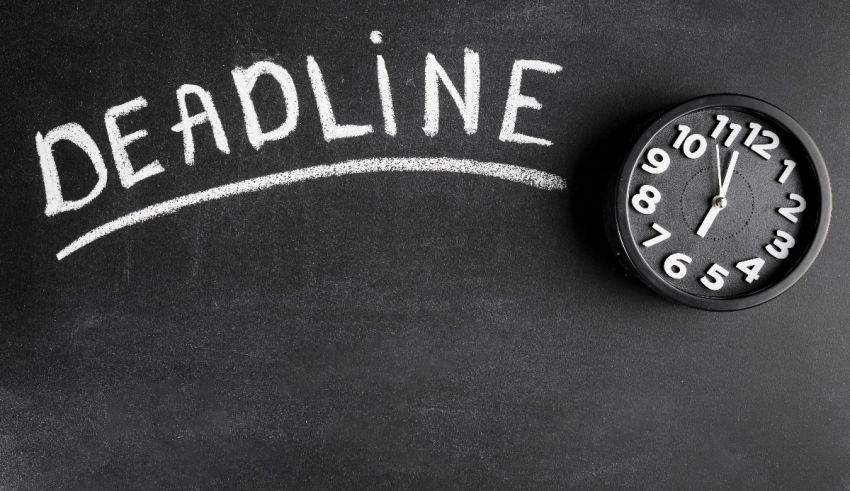




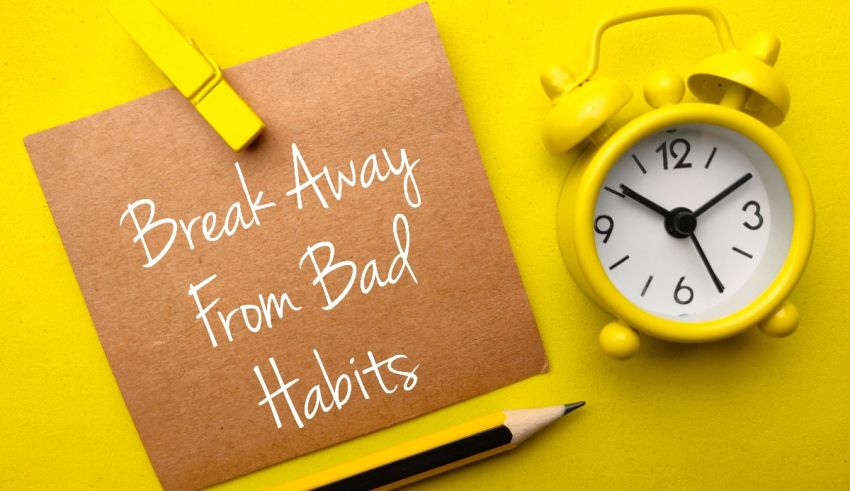

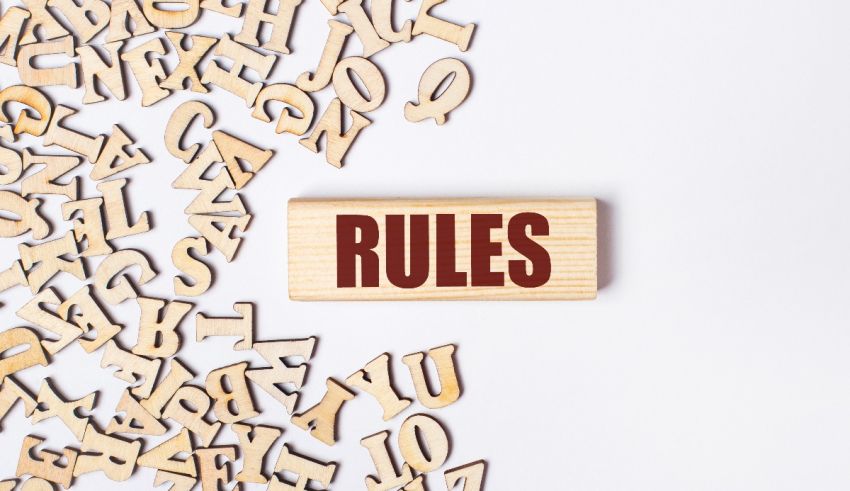








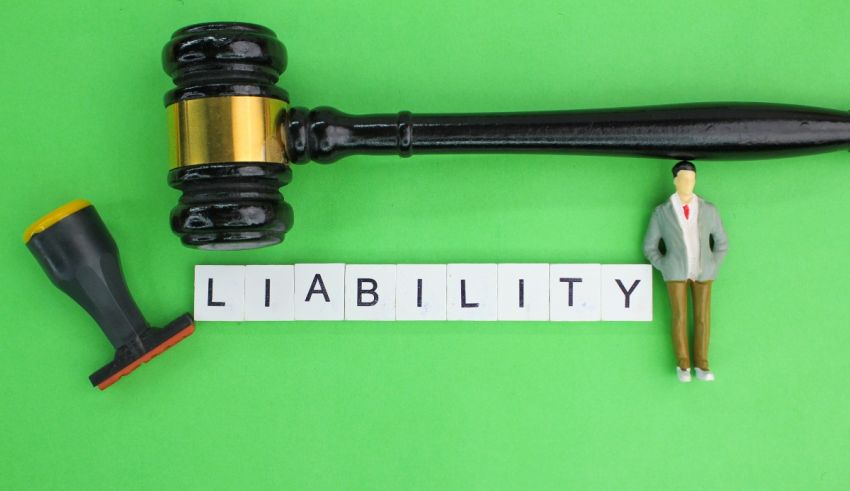











December 2, 2023
Interesting